
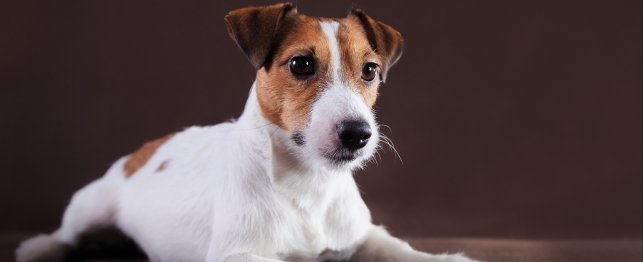
Dogs
The Russell Terrier traces its origins back some 200 years to the Reverend John “Jack” Russell, who was a founding member of The Kennel Club. The breed was developed after Reverend Russell bought a small, white female terrier with brown spots over her eyes and tail. The Russell terrier is a primarily earth-working breed meant to hunt and flush out underground prey. Reverend Russell later helped write the fox terrier breed standards for The Kennel Club and also served as a competition judge.
The Russell Terrier is approximately 10-12 inches in height and is mainly white in color with brown or black markings. The coat can be smooth or rough but is weatherproof in either type. Weighing 13-17 pounds, they are small and compact.
Known for being highly intelligent, the Russell Terrier also possesses a very high level of energy and desires a significant amount of daily exercise. The breed is known for its confidence and is often called a “big dog in a small dog's body.” Russell Terriers generally form close, lifetime bonds with their families.
The Russell Terrier is known for its intelligence and faithfulness. The breed desires human attention and enjoys spending time with family. Russell Terriers are good companions for older children, but can be a bit too overly energetic for young, small children. Because of their intense desire for play and exercise, these terriers do best in an active family who spends a fair amount of time out of doors. They also excel in dog sports like fly ball, agility, or earth dog trials. For those with prize gardens, keep in mind that the earth-hunting Russell Terrier has a high tendency to dig. The Russell Terrier's high prey drive poses a challenge when coexisting with other household pets, such as cats.
Like other terriers, the Russell Terrier can be willful and wily, always looking for the “loophole” in a given command. The breed's intelligent nature makes them quick learners, and they benefit most from positive reinforcement techniques for carryover. The Russell Terrier does need time and patience during training as they can be mischievous without adequate supervision.
The Russell Terrier's coat only requires occasional brushing and bathing. Regular nail trims and cleaning of the ears and teeth is recommended to keep him in tip-top shape.
The Russell Terrier is a top-notch escape artist. As such, he should never be allowed off-leash in an unfenced area. Electric fences do not contain these terriers effectively, and care should be taken to ensure that physical fences cannot be jumped over, squeezed through, or dug under for escape. It is also important to consider that the Russell Terrier can demonstrate destructive tendencies indoors when not exercised adequately. Remember: a tired Russell Terrier is a good Russell Terrier!
Although the Russell Terrier is a generally healthy breed, the following disorders or conditions have been observed:
The average life span of the Russell Terrier is approximately 10-15 years.
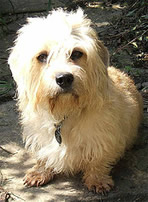 Dandie Dinmont Terriers: A guide to dogs and puppies of the Dandie Dinmont Terrier breed
The Dandie Dinmont Terrier!
Dandie Dinmont Terriers are usu
Dandie Dinmont Terriers: A guide to dogs and puppies of the Dandie Dinmont Terrier breed
The Dandie Dinmont Terrier!
Dandie Dinmont Terriers are usu
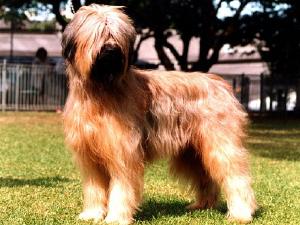 Briard
Briard
Briard
Briard
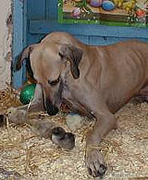 Sloughis: A guide to dogs and puppies of the Sloughi breed
The Sloughi!
Sloughis have fairly broad skulls with a wedge
Sloughis: A guide to dogs and puppies of the Sloughi breed
The Sloughi!
Sloughis have fairly broad skulls with a wedge
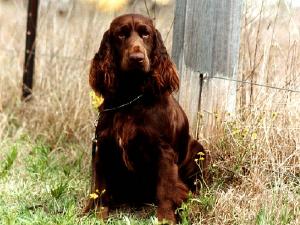 Field Spaniel
Field Spaniel
Field Spaniel
Field Spaniel
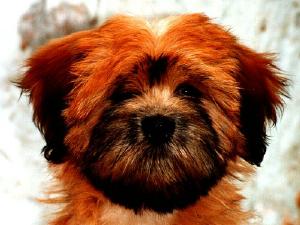 Lhasa Apso
Lhasa Apso
Lhasa Apso
Lhasa Apso
Copyright © 2005-2016 Pet Information All Rights Reserved
Contact us: www162date@outlook.com